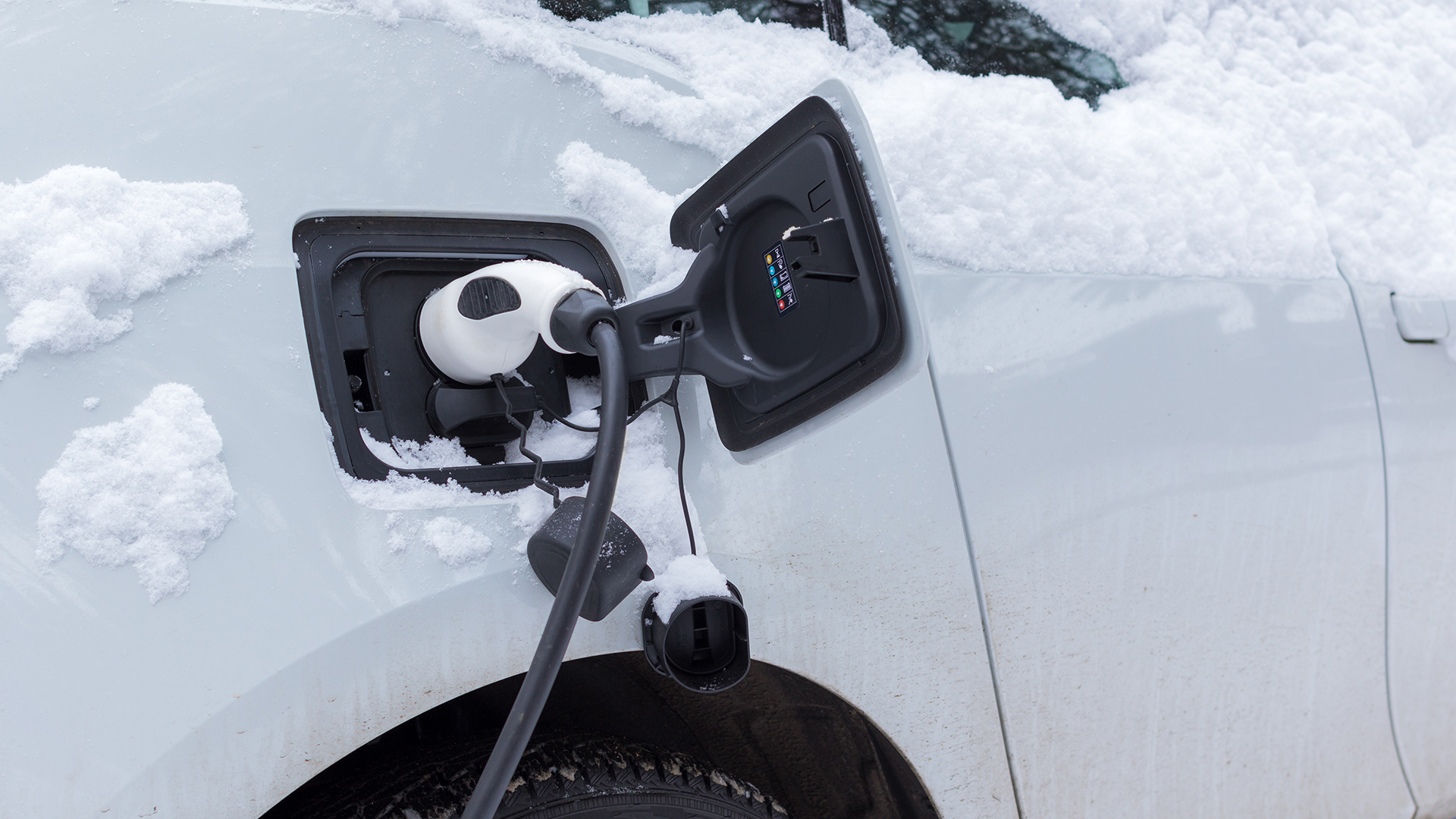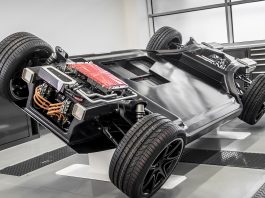A real-world electric car range test has revealed that cold weather can reduce driving capacity by more than 30% in some popular models.
What Car? magazine performed their annual ‘drive ’em until they die’ electric car range test, in which they investigated how far 12 electric cars could really go on a full charge.
The magazine performs this test twice a year – in the searing heat of summer and the frosty winter – as extreme temperatures are known to affect the driving range of electric cars.
Of all the cars tested – ranging in price from £32,000 to £85,000 – all achieved significantly less than their official driving range capacity.
The investigation highlights the importance of electric car developers refining the technology to deliver on its advertised capabilities. This will be essential to reducing range anxiety and increasing the adoption of electrified transport.
How did they test electric car range?
The electric cars tested in the study included the Tesla Model Y Long Range, Nissan Ariya 87kWh Evolve, BMW i4 eDrive40 M Sport, Genesis GV60 Premium, Jaguar I-Pace EV400 R-Dynamic HSE Black, MG 4 Long Range Trophy, Volkswagen ID Buzz Style, Renault Megane E-Tech Techno, Renault Megane E-Tech Equilibre, Cupra Born 58kWh V3, Ora Funky Cat First Edition, and Mini Electric Resolute.
The cars were put through their paces at a test track in Bedfordshire. Although this is a real-world test, assessing the cars on public roads would be unsuitable, as it would be near impossible to keep the 12 cars in convoy due to other road users, traffic lights and roundabouts, which would vary the results. It would also be unsafe to drive an electric car until it runs out of charge.
Alternatively, the cars followed a 15-mile route at the test track that included 2.6 miles of simulated stop-start urban driving, four miles at 50mph and eight miles at a constant 70mph.
All the cars were fully charged, and their tyre pressures were corrected before sitting overnight in 0-2°C temperatures.
On the morning of the test, the cars were plugged in again to check their batteries were at 100% charge. The team also used a digital thermometer to match up the temperature inside of the cars as close as possible – as air conditioning in electric cars can drain the battery and, therefore, its range performance.
The conditions on the day were cloudy, with temperatures ranging from 3-6°C. Due to this, the interior heaters were running continuously. The electric cars subsequently drove around the test route in convoy.
Cold weather drastically reduces range capacity
The first electric car to run out of charge was, unsurprisingly, the one with the smallest battery – the Mini Electric, which managed just 113 miles. However, it did prove to be the most efficient of the 12, averaging 3.9 miles per kWh of its battery capacity.

Next to run out of charge was the Ora Funky Cat, tapping out at 130 miles (2.9 miles/kWh), followed by the Cupra Born at 182 miles (3.1 miles/kWh) and the two Meganes at 187 (3.1 miles/kWh) and 189 (3.2 miles/kWh) miles, respectively.
Dropping out at 192 miles was the ID Buzz (2.5 miles/kWh), with the MG 4 coming to a stop just four miles later (3.2 miles/kWh), which was closely followed by the I-Pace at 197 miles (2.3 miles/kWh). The I-Pace was the least efficient of all the tested electric cars.
The final four electric cars all exceeded the 250-mile mark, with the GV60 stopping at 251 miles (3.2 miles/kWh) and the i4 at 261 miles (3.2 miles/kWh). The Nissan Ariya died at 269 miles (3.1 miles/kWh), with the Tesla Model Y leading the way with an impressive 272 miles (3.6 miles/kWh), showing why it’s Britain’s best-selling electric car.
Overall, there was an average shortfall of around 27% in electric car range performance, demonstrating just how significantly cold weather can affect the technology and its areas for improvement as electric cars continue to evolve.









